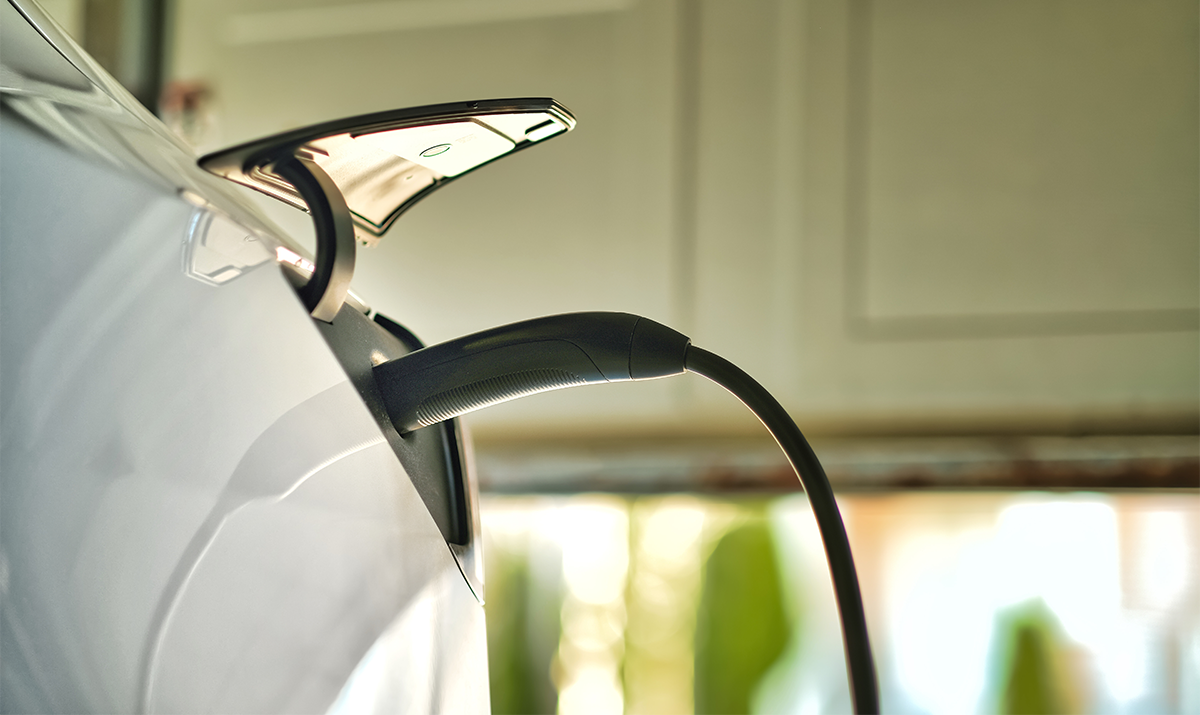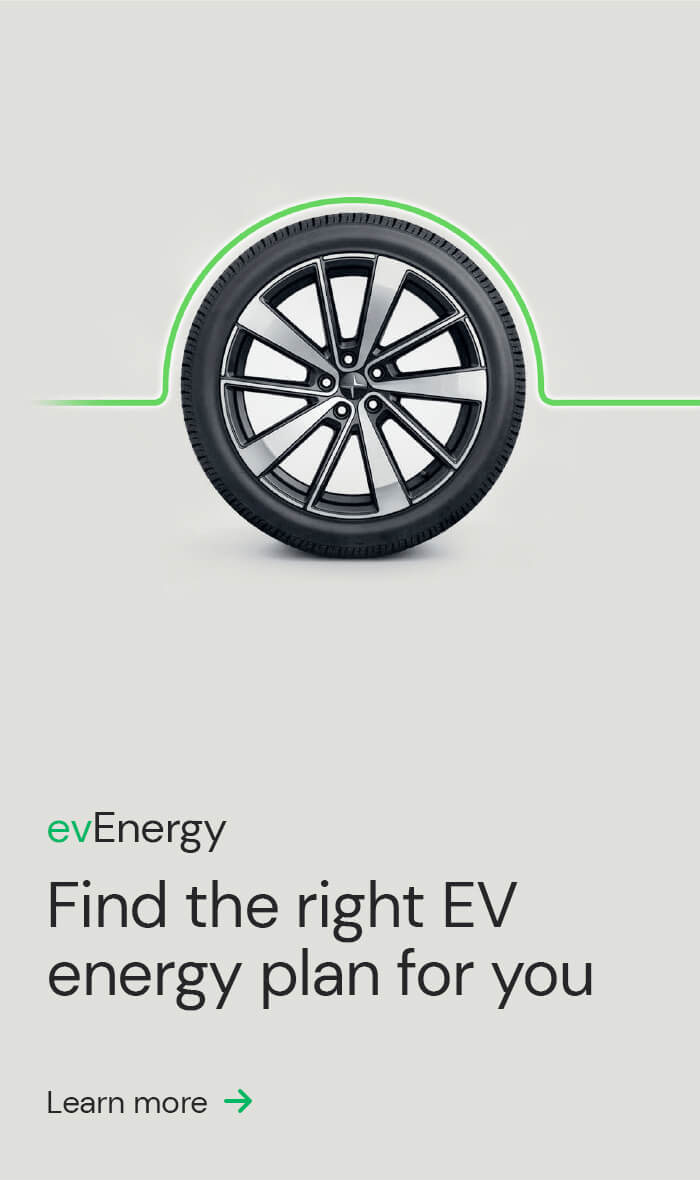According to Evenergi, 85% of Australian electric car owners charge their cars at home. Whether using a wall-mounted EV charger or plug-in cable charger, home charging is the go-to solution, it’s convenient, reliable and offers the peace of mind of knowing that your EV is always ready to hit the road whenever you are.
To ensure a secure and speedy charging experience, follow these best practice tips for charging your EV safely at home:
Inspect and care for your EV charging kit
Damaged charging cables or faulty plugs can raise the risk of electrical issues when charging, so give them lots of TLC. Periodically examine your charging cables, plugs and connectors for signs of wear, damage or corrosion. You may want to look for frayed cables, cracked insulation or loose connections. If you spot any issues, address them promptly.
Wiping down your charging equipment regularly with a clean, dry cloth will keep it clean and free from dirt, debris, and moisture. This will prevent build-up and ensure optimal performance. Finally, properly store your charging cables and accessories when not in use to prevent damage and prolong their lifespan. It’s good to coil the cables neatly and avoid bending or kinking them excessively, as this can weaken the wires and lead to damage over time.
Keep your charging zone clean and clear
Whether you charge your EV outside with a cable or in your garage, make sure there are no flammable materials, water puddles, or clutter around your EV and charging station. This prevents accidental fires or electrical hazards and ensures proper ventilation during charging.
If in doubt, refer to the manual
Not sure what bit connects where? Don’t know how to pre-program an overnight charge? If you have any doubts about how to use your home EV charger, always refer to the manufacturer’s manual. This will provide detailed instructions and guidelines specific to your EV model, ensuring that you follow the correct procedures for safe and efficient charging.
Install a wall or pedestal-mounted EV charger
The Level 1 cable that came with your EV is safe, portable and versatile, but a mounted charging station takes safety up a notch. Running on its own dedicated circuit and with integrated safety features, wall or pedestal-mounted charging stations significantly reduce the risk of fires and electric shock.
For instance, in the event of an electrical fault, the charging station automatically halts power transfer and de-energises the cable, ensuring your safety and protecting your EV, home and grid connection from potential damage.
What’s more, charging stations offer faster charging compared to domestic sockets, such as JET Charge’s 22kW ChargeMate. This can add up to 120km of range per hour, compared to a standard 2.4kW Level 1 plug-in cable charger that would add 14km of range. Only certain electric vehicle models can accept a 22kW charging rate, so it is important to check that your vehicle is capable of charging at this rate.
Summary
- Regularly check charging cables, plugs, and connectors for wear, damage, or corrosion. Address any issues promptly to prevent electrical problems. Wipe down cables and connectors regularly to prevent dirt and debris build-up.
- Remove flammable materials, water puddles and clutter from around your EV and charging station to prevent hazards and ensure proper ventilation.
- If you are unsure how to use your home EV charger, consult the manufacturer’s manual for detailed instructions specific to your EV model.
- Unplug your EV when fully charged to prevent strain on the battery. Consider a smart charging system that stops charging when the battery is full.
- A wall or pedestal-mounted EV charger will offer enhanced safety features and faster charging compared to standard Level 1 plug-in cable chargers. They can add up to 120km of range per hour.
Are you considering making the switch to an electric vehicle? Save time and money and stay fully charged with exclusive access to electric vehicle charging solutions and information to support you on your EV journey, all available through ActewAGL’s evHub. Find out more here.
Sources
https://evse.com.au/blog/how-long-does-it-take-to-charge-an-electric-car/



